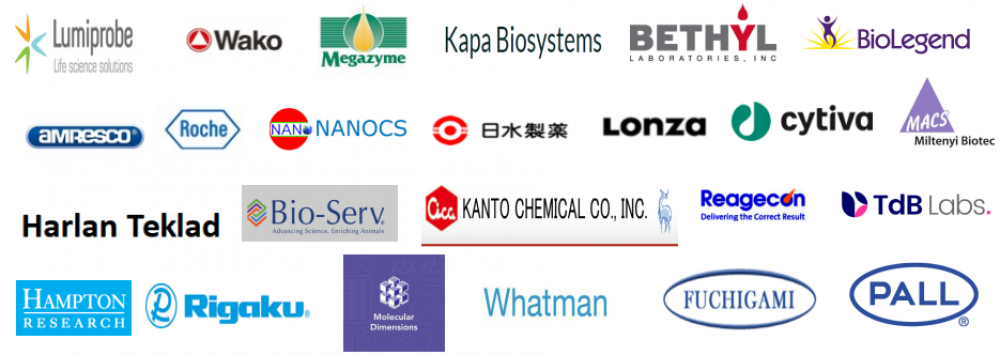描述
Interferon alpha 2 / IFNA2 Protein, Human, Recombinant
A. Product Information
Purity: > 95 % as determined by SDS-PAGE.
Endotoxin: Please contact us for more information.
Activity: Measured in antiviral assays using WISH human amnion cells infected with vesicular stomatitis virus(VSV).
The EC50 for this effect is typically 0.6-4.2pg/mL.
Protein Construction: A DNA sequence encoding the human IFNA2A (P01563.1) (Cys24-Glu188) was expressed.
Accession#: P01563.1
Expressed Host: Yeast
Species: Human
Predicted N Terminal: Cys 24
Molecule Mass: The recombinant human IFNA2A consists 165 amino acids and predicts a molecular mass of 19.3 kDa.
Formulation:
Lyophilized from sterile PBS, pH 7.4.
1. Normally 5 % – 8 % trehalose, mannitol and 0.01% Tween80 are added as protectants before lyophilization. Specific concentrations are included in the hardcopy of COA.
2. Please contact us for any concerns or special requirements
Shipping
In general, recombinant proteins are provided as lyophilized powder which are shipped at ambient temperature.
Bulk packages of recombinant proteins are provided as frozen liquid. They are shipped out with blue ice unless customers require otherwise.
Stability & Storage
Samples are stable for up to twelve months from date of receipt at -20℃ to -80℃
Store it under sterile conditions at -20℃ to -80℃. It is recommended that the protein be aliquoted for optimal storage. Avoid repeated freeze-thaw cycles.
Reconstitution: A hardcopy of COA with reconstitution instruction is sent along with the products. Please refer to it for detailed information.
B. Alternative Names
IFN-alphaA Protein, Human; IFNA Protein, Human; IFNA2B Protein, Human; IFNAB Protein, Human; INFA2 Protein, Human; Interferon alpha 2 Protein, Human
C. Interferon alpha 2 / IFNA2 Background Information
Type I Interferons (IFNs) are well known cytokines which exert antiviral activity, antitumor activity and immunomodulatory effects. Interferon tau (IFNT), a type I IFN similar to alpha IFNs (IFNA), is the pregnancy recognition signal produced by the ruminant conceptus. Among IFN-α genes, a total of 28 different sequence variants have been described.The three principal subtypes of IFNα-2 are designated α-2a, α-2b, and α-2c. IFNα-2b is being the predominant allele while IFNα-2a is less predominant and IFNα-2c only a minor allelic variant.
D. Images
